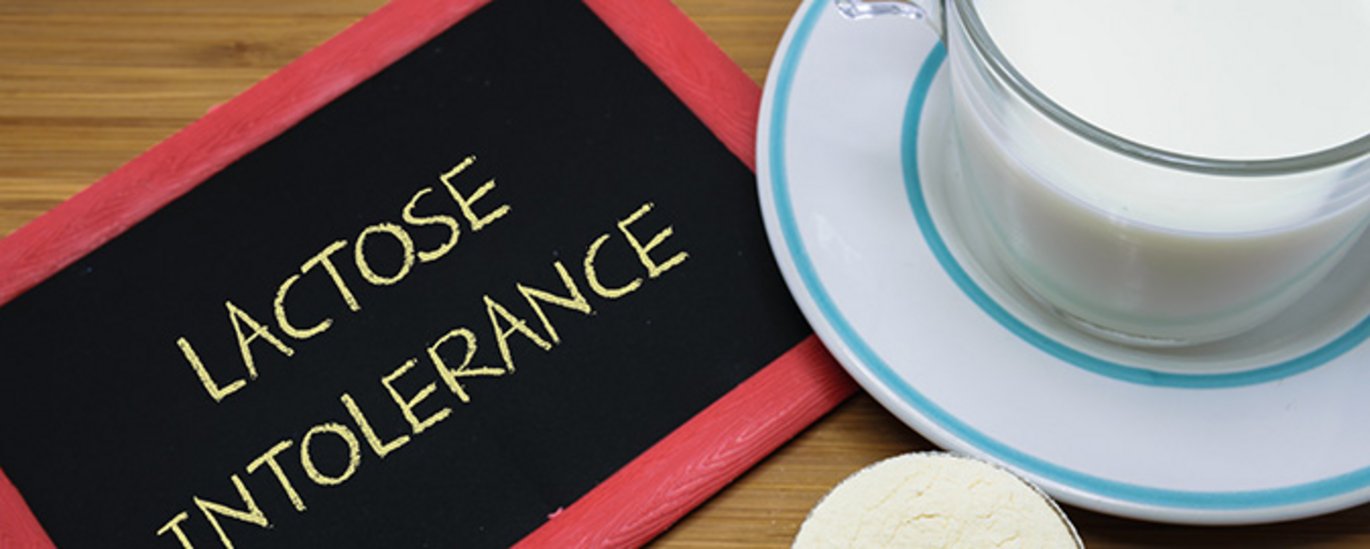What happens once we remove lactose?
With time undesirable aromas and flavours may develop in lactose free milk. This is a challenge for the dairies when trying to accommodate the demand for long-life lactose free products, for example at distant export markets. Therefore, scientists from Aarhus University currently focus on achieving more knowledge of the chemical reactions in this type of milk.

In the supermarkets lactose free dairy products are very popular – nationally and internationally – and the trend is here to stay. Recent decades have witnessed a significant increase in milk consumption in e.g. China where the majority of the population suffers from lactose intolerance. However, if Danish dairies are to profit from the increased demand, further knowledge is needed on the chemical processes connected with the production of lactose free milk with an increased shelf-life and export outside the cool chain.
A challenge is the shorter shelf-life of lactose free UHT-treated milk compared with conventional UHT-milk. The latter has a shelf-life of 9 months and sometimes even longer, whereas the lactose free type is produced with a limited shelf-life of 3 months after which it is often discarded due to the development of undesired off-flavor. Professor Lotte Bach Larsen from the Department of Food Science at Aarhus University has recently examined the connection between the processes taking place in lactose free milk as well as the development of the undesirable properties.
- It is a major wish to be able to prolong the shelf-life of lactose free milk, and an improved understanding of the underlying mechanisms is a step in the right direction. When we understand the chemical reactions it is more likely that we will be able to find solutions to this problem, Lotte Bach Larsen explains.
An enzyme initiates the development
This problem was also the background for a recently finished project in which Lotte Bach Larsen – in cooperation with colleagues from Department of Food Science and Arla Foods – investigated the relation between the sensory changes taking place in the milk and the development of so-called peptides – chains of amino acids released from the milk proteins – that may cause a bitter taste.
According to Lotte Bach Larsen only few such studies have been made – although it seems probable that this is a significant part of the explanation.
- When you produce lactose free milk you add an enzyme in order to cleave the lactose. However, our study demonstrates that this enzyme will most likely also generate release of peptides due to unwanted side activities of the lactases. Apart from creating a bitter taste, several factors indicate that these protein breakdown products also reacts with the remaining carbohydrates in the milk – and that this also contributes to an undesirable flavour and aroma, says Lotte Bach Larsen.
Sensory panel put to the test
The project scientists used e.g. chromatography together with mass spectrometry to examine how the peptide content developed over time in lactose free UHT-treated milk – and quite as expected the content increased the longer the milk was stored and at higher temperatures.
The bitterness indexes of the peptides profiled was related to a sensory trial where a sensory panel was asked to evaluate taste, smell and colour of the very same lactose free milk that had been stored for a long period. It turned out that several of the milk properties that customers find desirable, change over time. Apart from the increasing bitter taste the colour of the milk also changed.
- In the future we will increase our focus on how to avoid that more peptides develop over time as well as inhibit the reaction with sugars, is possible. This is very essential if we want to increase the shelf-life of lactose free UHT milk, says Lotte Bach Larsen.
Further information
Lactose intolerance
Lactose cannot be absorbed by the intestine. However, the lactase enzyme, naturally present in the small intestine, helps break down the lactose into glucose and galactose that may be absorbed. Lactose intolerance occurs in humans who lack this particular enzyme. Because they lack this enzyme the lactose will ferment in the intestine and cause symptoms such as bloating, stomach pains and diarrhea.
Producing lactose free milk Lactose-free milk is produced in several processes. First and foremost, the milk is filtered, which removes the major part of the lactose. Next, an enzyme is added; an enzyme, which is naturally present in the small intestine in humans that do not suffer from lactose intolerance. This enzyme will break down lactose into glucose and galactose which may be directly absorbed in the gastrointestinal tract.
Producing lactose free milk
Lactose-free milk is produced in several processes. First and foremost, the milk is filtered, which removes the major part of the lactose.
Next, an enzyme is added; an enzyme, which is naturally present in the small intestine in humans that do not suffer from lactose intolerance. This enzyme will break down lactose into glucose and galactose which may be directly absorbed in the gastrointestinal tract.
Contact
Professor Lotte Bach Larsen
Department of Food Science, AU
Mail: lbl@food.au.dk
Phone: +4587158049
Mobile: 22819282
